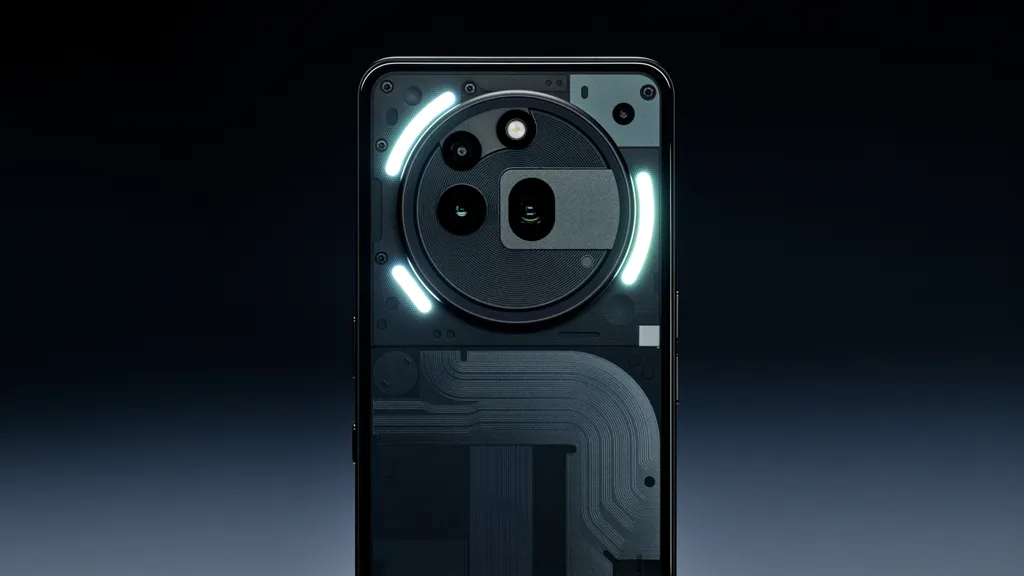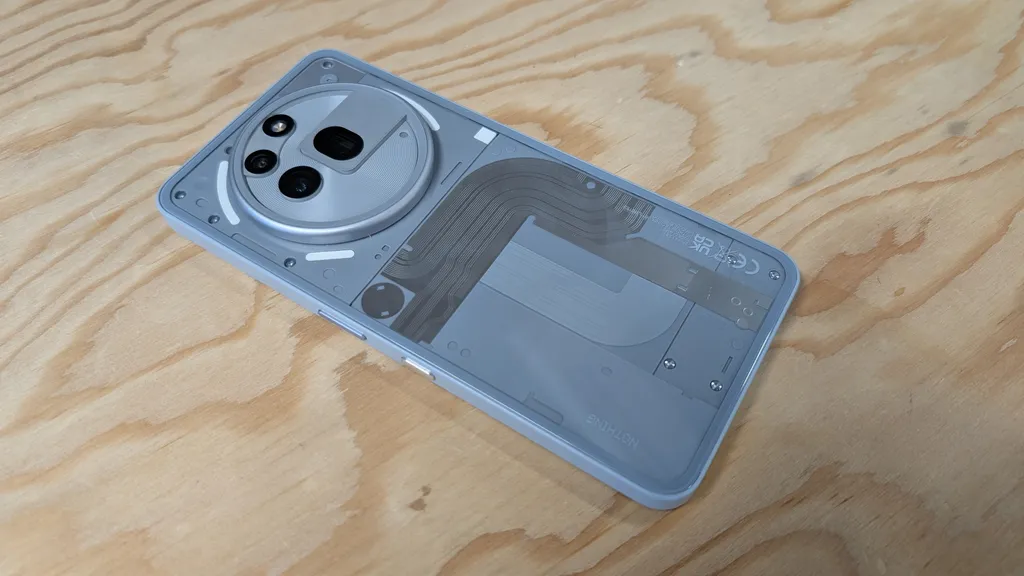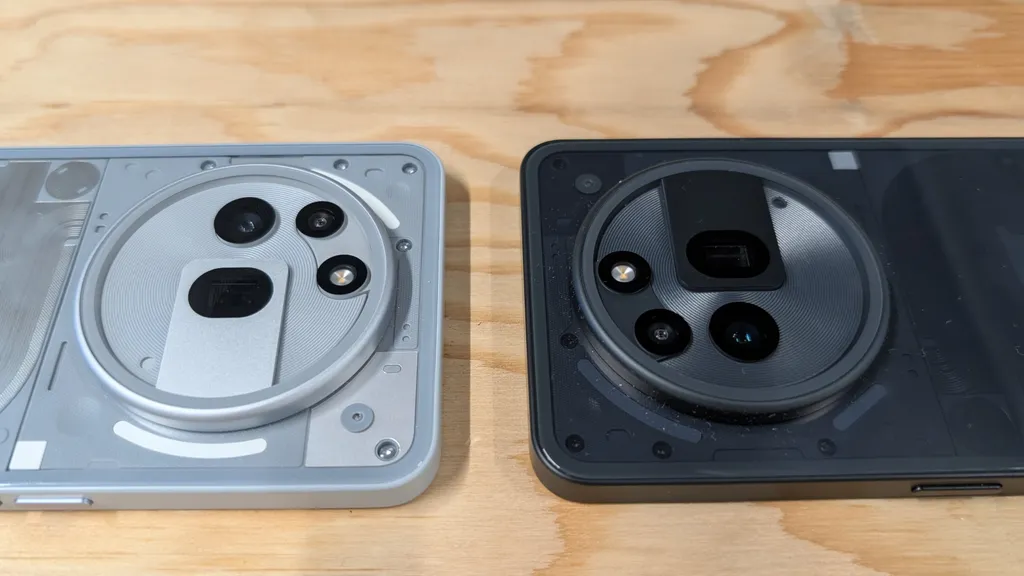Introduction
The tech world is buzzing with anticipation as Nothing Tech prepares to launch its latest innovation—the Nothing Phone 3a Series. Building on the success of its predecessors, this new lineup promises to blend cutting-edge design, premium performance, and affordability. In this exclusive preview, we dive deep into the rumored specs, standout features, and why the Phone 3a could be the mid-range smartphone to beat in 2024.

Why the Nothing Phone 3a Series is Making Waves
Nothing, the brainchild of Carl Pei, has carved a niche for itself by merging minimalist aesthetics with bold functionality. The Phone (3a) Series is expected to follow this philosophy while targeting budget-conscious users who refuse to compromise on quality. Leaks suggest a refined transparent design, an upgraded Glyph Interface, and seamless integration with Nothing OS 3.0. Let’s unpack what makes this device a potential game-changer.
Design & Display: Transparency Meets Elegance
Rumors hint that the Nothing Phone 3a will retain the brand’s iconic semi-transparent back panel, offering a glimpse into its meticulously arranged components. Paired with an AMOLED display (likely 6.7-inch), 120Hz refresh rate, and HDR10+ support, this device aims to deliver vibrant visuals for streaming and gaming. The aluminum frame and Gorilla Glass protection further ensure durability without sacrificing style.

Performance: Power Meets Efficiency
Under the hood, the Phone 3a is rumored to feature a Qualcomm Snapdragon 7s Gen 2 chipset, optimized for energy efficiency and smooth multitasking. Coupled with up to 12GB RAM and 256GB storage, it’s poised to handle everything from heavy apps to graphic-intensive games. Plus, with 5G connectivity becoming standard, users can expect faster downloads and lag-free browsing.
Camera: Elevating Mobile Photography
Nothing is reportedly upgrading the Phone 3a’s camera system to a dual 50MP setup with enhanced low-light performance and AI-driven features like Night Mode and Portrait 2.0. Early renders also suggest a redesigned flash array integrated into the Glyph Interface, allowing creative lighting options for videos and photos.

Software: Nothing OS 3.0 & Android 15
The Phone 3a Series will likely debut with Nothing OS 3.0, offering a bloat-free Android experience. Expect customizable widgets, smoother animations, and deeper integration with Nothing’s ecosystem, including the CMF sub-brand. Paired with Android 15, users can enjoy advanced privacy controls and AI enhancements.
Battery & Pricing: Affordable Endurance
A 5,000mAh battery with 45W fast charging could power the Phone 3a, ensuring all-day use. While pricing remains under wraps, insiders speculate a starting tag of $399, positioning it as a fierce competitor to the Google Pixel 7a and Samsung Galaxy A55.
Early Reviews: What Experts Are Saying
Tech analysts praise the Phone 3a Series for balancing innovation and accessibility. TechRadar notes, “Nothing continues to disrupt the mid-range segment with its fearless design choices and user-centric software.” Meanwhile, leaks from GSMArena highlight its “surprising premium feel at a fraction of flagship costs.”
Conclusion: Should You Wait for the Nothing Phone 3a?
If you’re seeking a smartphone that marries standout design, reliable performance, and unique software tweaks without breaking the bank, the Nothing Phone 3a Series deserves your attention. With its rumored late-2024 launch, this device could be the perfect upgrade for those craving something different in a sea of generic mid-rangers.
Stay tuned for official updates by subscribing to our newsletter, and don’t miss our hands-on review once the Phone 3a hits the shelves!
Pricing and Availability: A Mid-Range Masterstroke
Nothing has always prioritized affordability without cutting corners. The Phone (3a) Series is expected to launch at
399−499, positioning it as a budget-friendly flagship killer. This pricing undercuts rivals like the Pixel 7a and Galaxy A54 while offering comparable (or better) specs.
The official unveiling is slated for Q1 2024, with pre-orders likely opening soon after. Markets in Europe, India, and Southeast Asia will get priority, followed by a phased global rollout.
